Article for Tista Cultivator
Chen Lim
The road to Emeishan (峨眉山 map key 1) was almost devoid of traffic, as we zipped down the four-lane highway in a sleek grey autonomous driving Zeekr sedan. Discovering my love for whiskies, Mr. Jonathan Liu of the Sichuan Provincial Council for Promotion of International Cooperation and Investment, arranged and accompanied me to visit the newest whisky distillery in China, two and a half hours from downtown Chengdu (成都 map key 2), Sichuan (四川), a journey of 168km in distance. 168 is aptly an auspicious number in China, as it phonetically sounds like ‘on the road to prosperity’ in Chinese, and on the road it was in a shiny new electric vehicle symbolic of a prosperous China. Liu a rising government official, and I whiled away the time chatting about cultural heritage, international affairs, the Chinese economy, alcohol preferences of the different generations in China, and of course whiskies.
China is a virgin but fertile booming ground for whiskies making. Neighbors Taiwan, Japan, and India all have established award-winning whiskies, and they are unable to produce enough to satisfy global demand. So, the rationale goes, what is stopping China from producing its own whisky? Not only for the international trade but perhaps more importantly for the blossoming domestic market. At present, whisky represents only 1% of spirits consumption in China. The national alcohol Baiju (白酒) made of sorghum dominates with 96% of the share, whilst brandy/cognac in distant second of about 2%. The Chinese spirit market in 2024 is US$160 billion, hence whisky at 1% is a hefty US$1.6 billion. For instance, imports of just Scotch whisky alone in past five years from 2019 to 2024 grew from US$119 million to US$226 million, down from a peak of US$314 million in 2023. Least to say of American Bourbon and Japanese whiskies. As importers of whiskies, China ranked amongst the top five countries in the world by monetary value albeit not volume.
Hence international and local companies are betting big on whisky growth in China. As of 2024, I counted about 27 whiskies distilleries in varying stages of construction and production but am certain there are more in the woods that I am not aware of. The Chuan (叠川) Malt Whisky Distillery in Sichuan Province (which this article is about) and Goalong (高朗) in Hunan (湖南 map key 3) Province are amongst the pioneers to release locally distilled blends and malts. Diageo the world’s largest spirits company just completed the Yun Tuo (云拓) Single Malt Whisky Distillery in Dali (大理 map key 4), Yunnan (云南) Province in November 2024, and more distilleries are coming online over the next few years.
We arrived mid-day at the distillery gates, and the uniformed guard popped his head out of his security post to inquire about our intrusion. Whilst Liu made pleasantries, I wandered through the main gate. September felt very much like the height of summer, but despite the overbearing dry heat, the distillery and its grounds are a sight to behold. Located at Emeishan, a UNESCO World Heritage Site, The Chuan is built at the forested foothills of the legendary Emei Mountain, home to the earliest Buddhist temple in China two thousand years ago, and the location is popular in historical fiction novels and period television dramas. Named after Sichuan province where it is located, The Chuan also means “rich and layered”, ostensibly embodying the distillery’s vision of layered terroir and local craftsmanship. French spirit giant Pernod Ricard is the owner of The Chuan and invested RMB 1 billion (US$130 million) building the distillery which began operations in August 2021. Elsewhere in China, Pernod Ricard also owns the Helan Mountain Winery (贺兰) in Ningxia Hui (宁夏回 map key 5) Autonomous Region.
The distillery is designed by cult Shanghai architectural studio Neri&Hu. Set beyond swaying river reeds and a concrete encased reflecting pool, an elegantly designed hanger with floor to ceiling glass windows revealed rows of stainless still washbacks. Reclaimed clay tiles lined the production sheds and visitor center of the distillery, and boulders excavated from the site made up the in-fill rock walls. Littered throughout the compound are a series of reflective metallic art installations commissioned for the distillery, ‘Fractal Structure – Infinite Shan Shui (山水)’ by Zhan Wang (展望), famed contemporary artist best known for his artificial rock sculptures.
Our expert guide for the day was Ms. Mona Wang, formerly an aced mixologist with one of the most established whisky bars in Chengdu city. Mona explained that it was a natural calling for her to hang up her bar apron and moved to the distillery, looking at the serene surroundings and unobtrusive modernist architecture I cannot agree more. In the reception lobby, that appears more akin to a ski resort lounge, Mona and her staff welcomed us with chilled local tea made with water of their distillery’s source, in delicate glass teacups embedded with a gilded silhouette of the famed Emei mountain.
The Chuan Malt Whisky Distillery Experience Centre first opened to public in November 2023, and the visitor gallery is designed to illustrate the processes of whisky making from A-Z. We started with a video presentation of the distillery, as with all new museums and galleries in China, they are huge with digital media and immersive projections. The rest of the ‘experience’ involves walking through several galleries devoted to each stage of the production process in the art of whisky making – barely as the raw material, mashing and fermentation, distilling, and maturation, before we headed back into the warm outdoors and explored the factory grounds.
Our next stop was the mash house and fermentation room featuring a single 20,000L mash tun and 14 stainless steel domestically made washbacks each with 20,000L capacity. Both imported European 2-row barley and domestic Chinese 6-row barley from Jiangsu (江苏 map key 6) Province are employed, and the distillery undertakes at least a 100-hour fermentation process. The Chuan shares the same water source as China’s leading bottled water Nongfu Spring (农夫山泉) tapped from a well within the distillery compound. Separated by a small grove of bamboo, is the standalone single-story still house similarly encased by glass and topped with a pitched clayed tiled roof. Within are a pair of Forsyths wash and spirit stills at 20,000L and 14,500L capacities respectively. The stills are each equipped with a vertical condenser, and a uniquely installed horizontal sub-cooler. The latter sub-cooler is to further reduce the temperature due to the very hot summers of up to 40 degrees Celsius experienced at the foothills of Emeishan. In winter temperatures can go below zero degrees Celsius. The lyne arms are surprisingly horizontal, and as best as I can visibly tell, have a modest descending bend. At maximum production The Chuan can produce 1,500,000L of spirits per year.
Currently all maturation are undertaken on site, and the distillery utilizes three distinct types of casks – ex-Bourbon, ex-Sherry, and a uniquely Chinese oak Xiangmu (香木) Danling (单岭) from Changbai Mountain (长白山 map key 7) range in Jilin (吉林) Province bordering North Korea. The angel’s share for the ex-Bourbon and ex-Sherry are somewhat alike to conditions in Scotland with an evaporation rate of 1-3% per year. However Chinese Danling behaves more akin to Japanese Mizunara, with its more pronounced porosity and hence greater leakage and evaporation rate. Chinese Danling apparently imparts flavors of sandalwood and mandarin orange peels. Each of the maturation warehouse has the capacity to hold 5,000-6,000 barrels.
The distillery spans over 130,000 square meters, and the designers encapsulated the vision of interaction between the natural terrain and the spirit of terroir. In the epicenter of the grounds is the tasting pavilion, a circular concrete ziggurat set amongst a field of reed grass, with the fabled Emeishan as a backdrop. The subterranean tasting rooms surround a circular domed courtyard, where the central oculus skylight serves as a dramatic cascading water feature onto a copper basin – evocative of the interaction between the liquids and copper pot stills. With the setting sun gently pouring in, one wonders if this is a shrine invoking the spirits of the other kind. The tasting room we were led into are lined with oak barrels and a generous spread of American oak ex-Bourbon, first-fill ex-Sherry, Chinese Danling virgin oak, Pure Malt, Pure Malt Pedro Ximénez (PX) Finished Cask, Pure Malt Single Cask, an experimental smoky whisky, and new make awaited us.
The first bottling of The Chuan was released as a Pure Malt in October 2023 and contains a fraction of spirits from Scotland. This expression comprises of European and Chinese barley, matured in a trio of American Bourbon, Spanish Sherry, and Chinese Xiangmu barrels. Inspired by the distillery’s architecture, the bottle is reminiscent of the circular tasting pavilion at the heart of the distillery, with the distinctive brick pattern of the structure’s exterior captured on the glass detailing. Bottled as a non-age statement and at 40% ABV the Pure Malt is the mainstay retailing at RM888 (US$123). It has a balanced feel, floral and fruity aroma with vanilla cream, followed by richer candied fruits and caramel pudding sweetness, and finished with hints of tangerine peels and wood.
The PX finished vatted malt, bottled at 46.8% ABV RM 1,115 (US$155), reminds me of rum and raisins, toffee, pudding and nutty chocolates, with an aroma of candied vanilla, with a lengthy ending. Recently the PX Pure Malt was awarded Double Gold at the San Francisco World Spirits Competition 2025. As a distillery exclusive, visitors can also bottle their own Single Cask Pure Malt for RM 1,488 (US$206) at cask strength – my bottle was at 60.5% ABV. However, the highlight of the day for me was the new make spirit (unfortunately not available for sale). It is surprisingly gentle, and the high alcohol content does not assault the nose. Very floral and fruity aromatics, with sweet tropical fruits of mangoes and pineapples can be found both on the nose and tongue, and finishes with milk chocolate coated dried apricots or oranges. Another spirit to pay close future attention to is the whisky aged in virgin Chinese oak (not available as a release) and it taste of honey water with spicy notes, reminiscent of five spice powder along with pinewood.
No tour of a distillery is complete without a visit to the retail shop. Situated at the lower ground level of the main reception lobby, the shop has a small café and tasting bar. As The Chuan has yet to release their first single malt, at present the current offerings are limited to the above-described 700ml non-age statement Pure Malt range. At the time of visit, apart from a small selection of glassware, distillery souvenir goods are not available for purchase, but plans are underway to introduce such collectables.
In the shop we were joined by Distillery Manager Mr. Collin Zeng, who led us to our final stop at the experimental fine dining on-site restaurant, The Yan (叠宴). Situated in a detached concrete and glass structure overlooking the scenic creek winding around the distillery, the restaurant is in partnership with specialists of Sichuanese cuisine chef brothers Xu Xiaohong (徐孝洪) and Xu Xiaoyuan (徐孝元) of Michelin rated Leaf Kitchen (银芭 ) in Chengdu. The restaurant distinguishes itself by incorporating whisky production processes into the menu and each meal is paired with whiskies from the distillery. Dinner consists of nine courses, integrating elements of malting, fermentation, distillation, aging, and barrel finishing into each of the dishes, such as dry aged Ebian (峨边) beef puff with the beef cured on planks of Chinese oak for 60 days, or Sherry cask finished fish maw and pork trotter soup. The distilled fermented bamboo and chicken broth was certainly most memorable for me. We were the last guests and left late in the evening. After dark the distillery took on new aesthetic life, and the architecture was monumentally illuminated in the quiet of the countryside.
Purists and detractors may be critical of the distillery release as not being 100% Chinese as it is married with imported Scotch. Nonetheless this is but The Chuan’s first pioneer offering, and the current range of Pure Malt expressions are admirably vatted, indubitably drawing from Pernod Ricard’s extensive experiences from its multi-distillery portfolio. Marketed as a premium vatted malt, it is unfortunately not immediately accessible both as a product (at point of visit there are few retail venues) and in price point. At the premium pricing, it certainly is not an everyday whisky for local or even international consumption. Still, I happily (or rather a staff member helped me) cart bottles of The Chuan whiskies to the car. As a new make addict, their new pot convinced me of their enormous future possibilities. A final comment to conclude this brief report, the use of Chinese oak is perhaps the most exciting and interesting feature of this young distillery, and the unique flavors from the Danling certainly translate into the whisky. The Chuan indubitably exhibits much potential, one where I eagerly wait for its single malt release.
* * * * * *
I wish to record my thanks to Mr. Johnathan Liu, Mr. Collin Zheng, Ms. Mona Wang, and the staff of The Chuan for enabling my visit and this report. All images are author’s own.
Visitors should be advised The Chuan is in a moderately remote locality and prior arrangement for a visit is recommended.
The Chuan Malt Whisky Distillery
Yansi Village, Gaoqiao Town
Emeishan, Leshan Sichuan
Province 614206

▲Map showing locations mentioned in report. (1) Emeishan, Sichuan Province; (2) Chengdu City, Sichuan Province; (3) Hunan Province; (4) Dali, Yunnan Province; (5) Helan Mountain, Ningxia Hui Autonomous Region; (6) Jiangsu Province; (7) Changbai Mountain, Jilin Province.
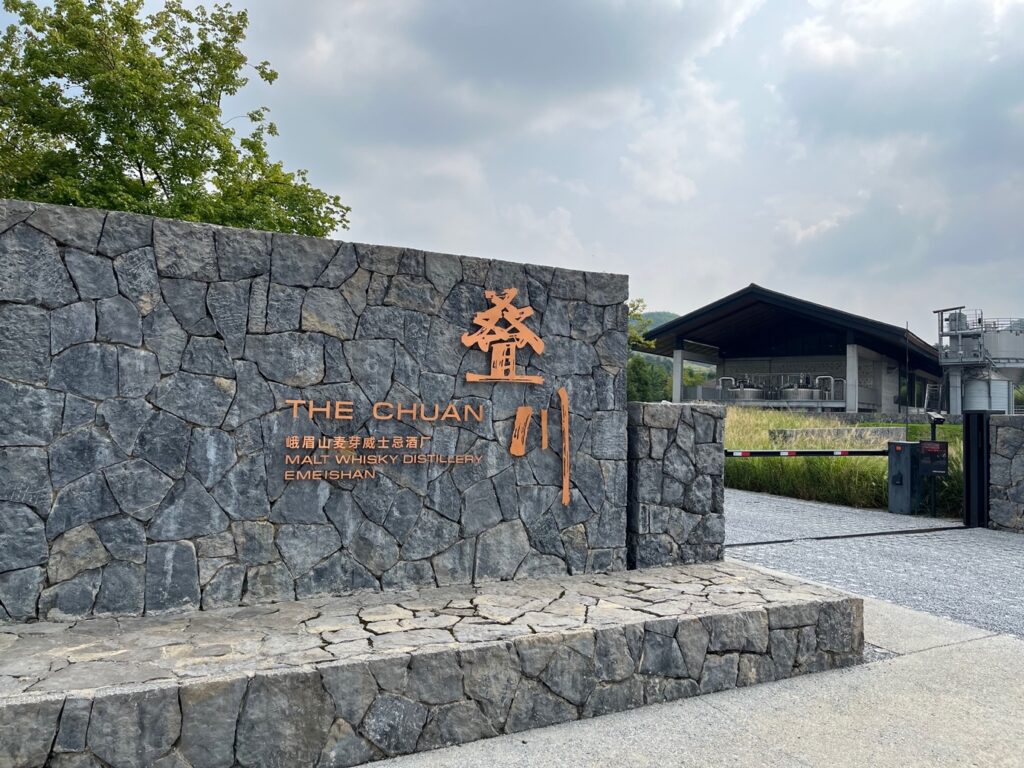
▲The Chuan Malt Whisky Distillery.
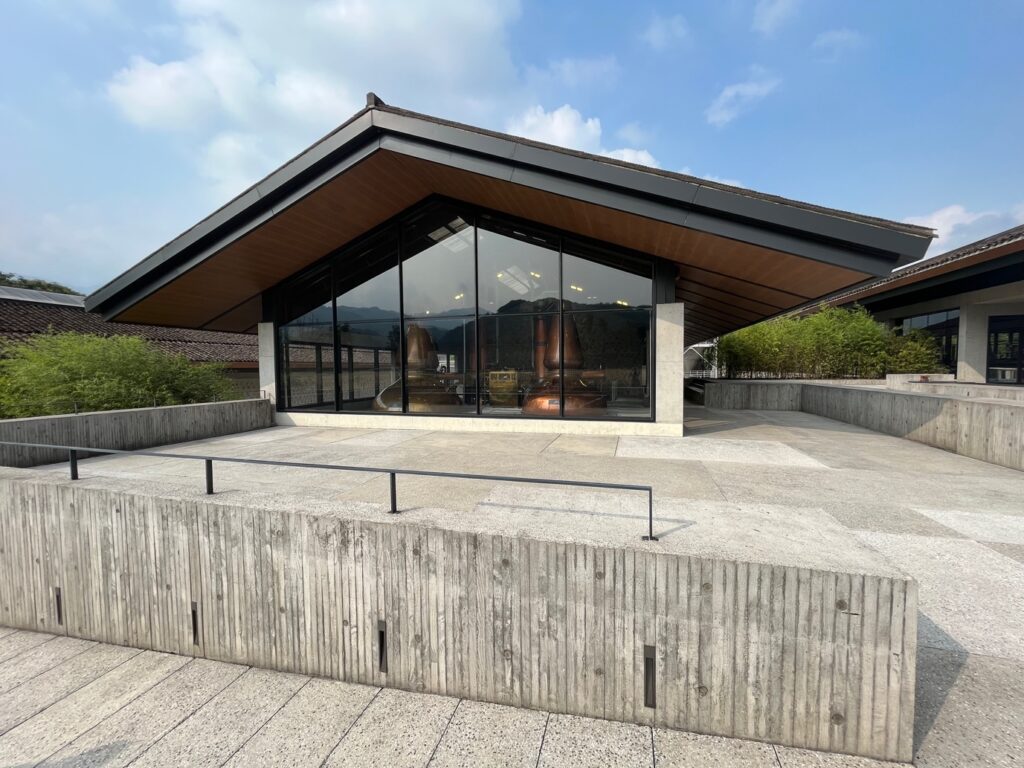
▲The Still House.
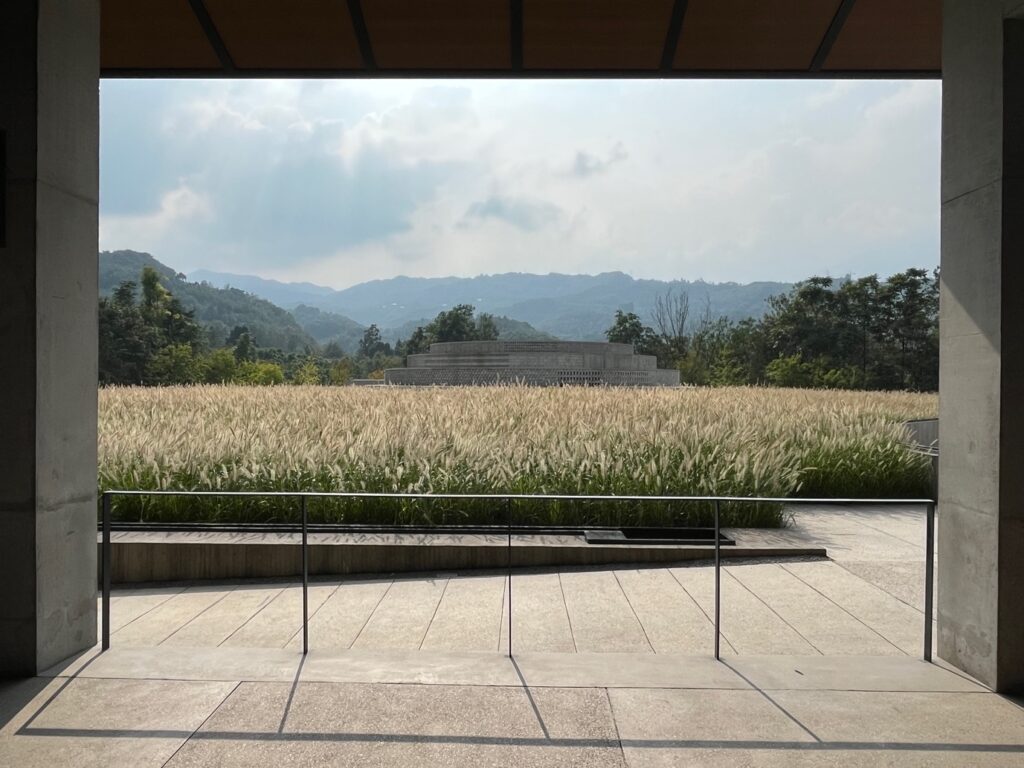
▲Tasting pavilion amongst a field of reed grass with the Emeishan mountain range in the background.
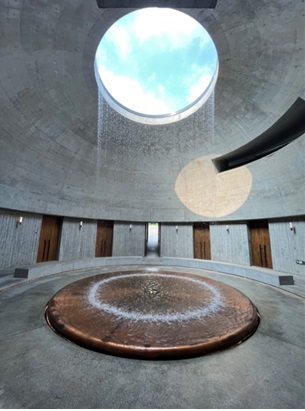
▲Tasting pavilion ocular courtyard.
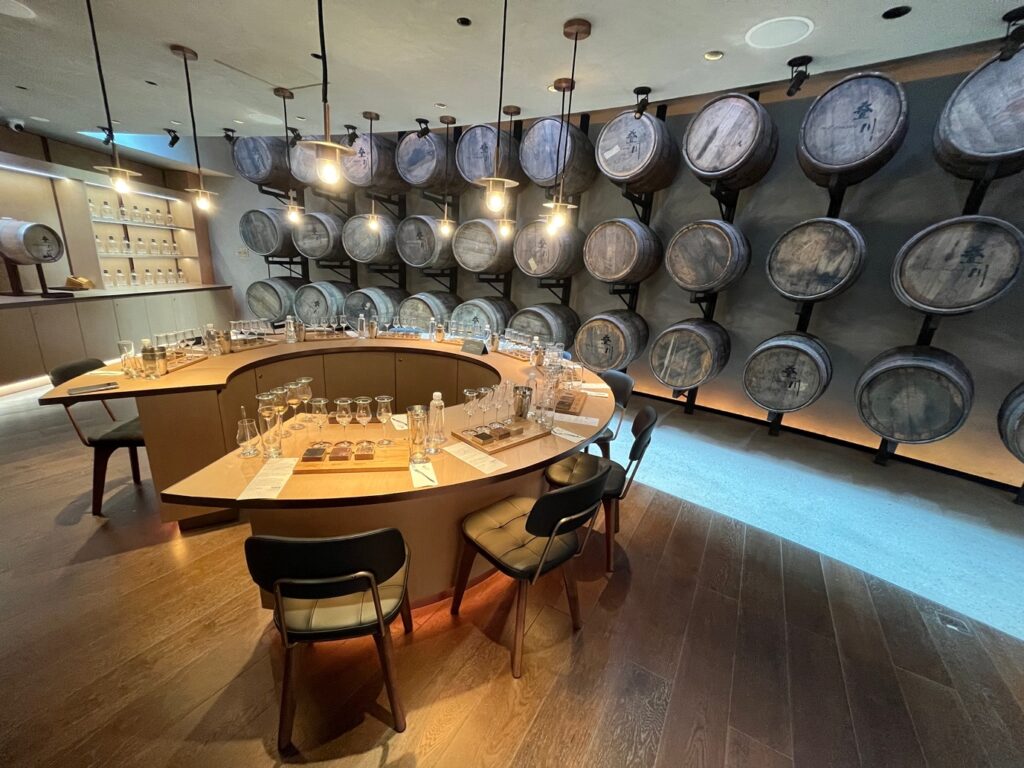
▲One of the five tasting rooms in the pavilion.
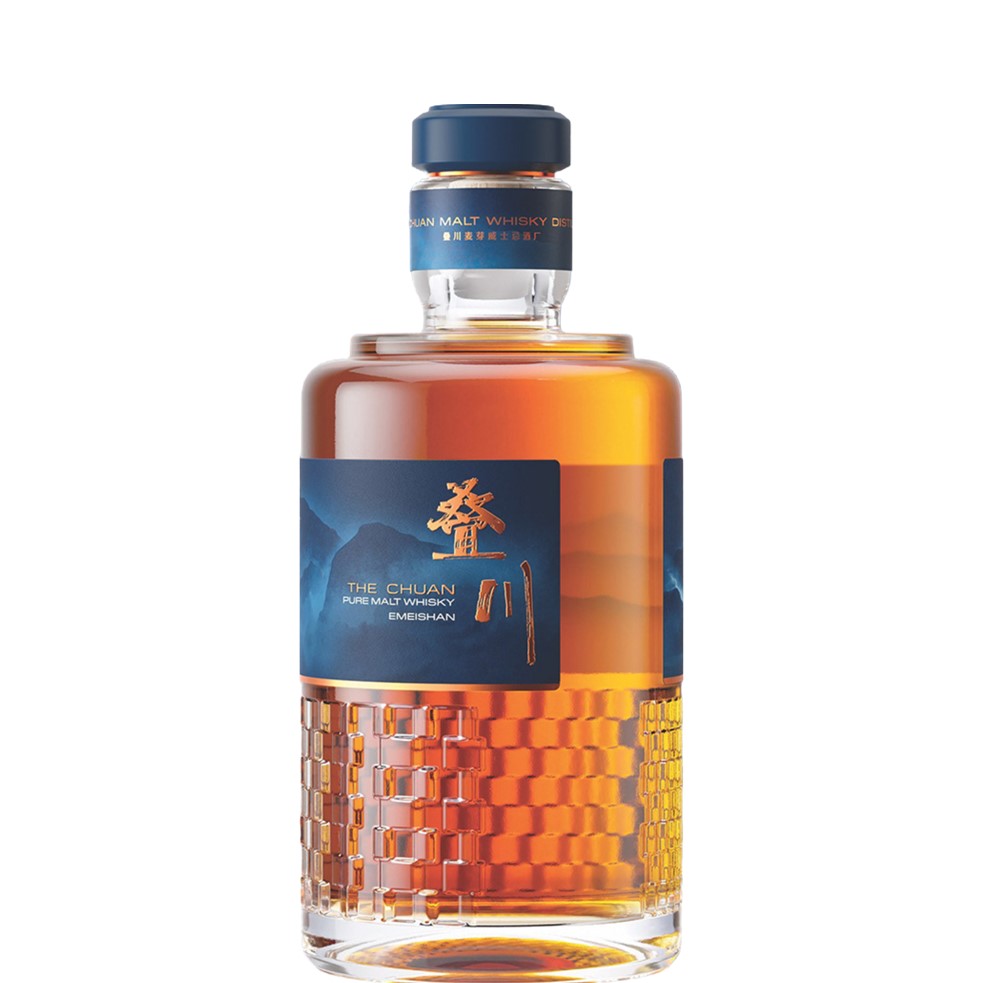
▲The Chuan Pure Malt, bottle design inspired by the architecture of the tasting pavilion.
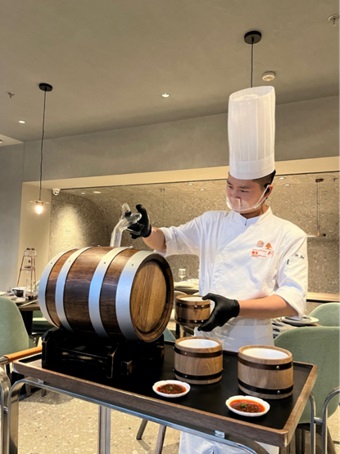
▲Sherry cask finished fish maw and pork trotter soup at The Yan restaurant.
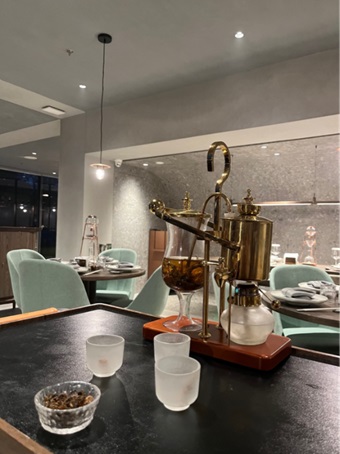
▲Fermented bamboo and chicken distilled clearing broth at the Yan restaurant.
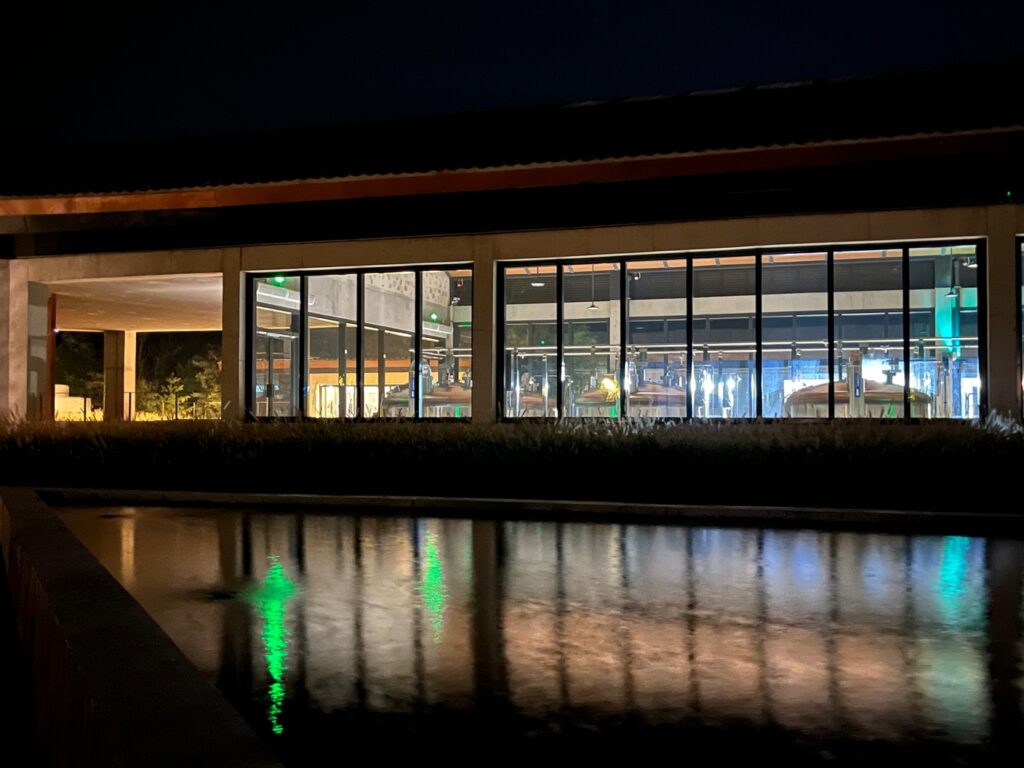
▲The fermentation room
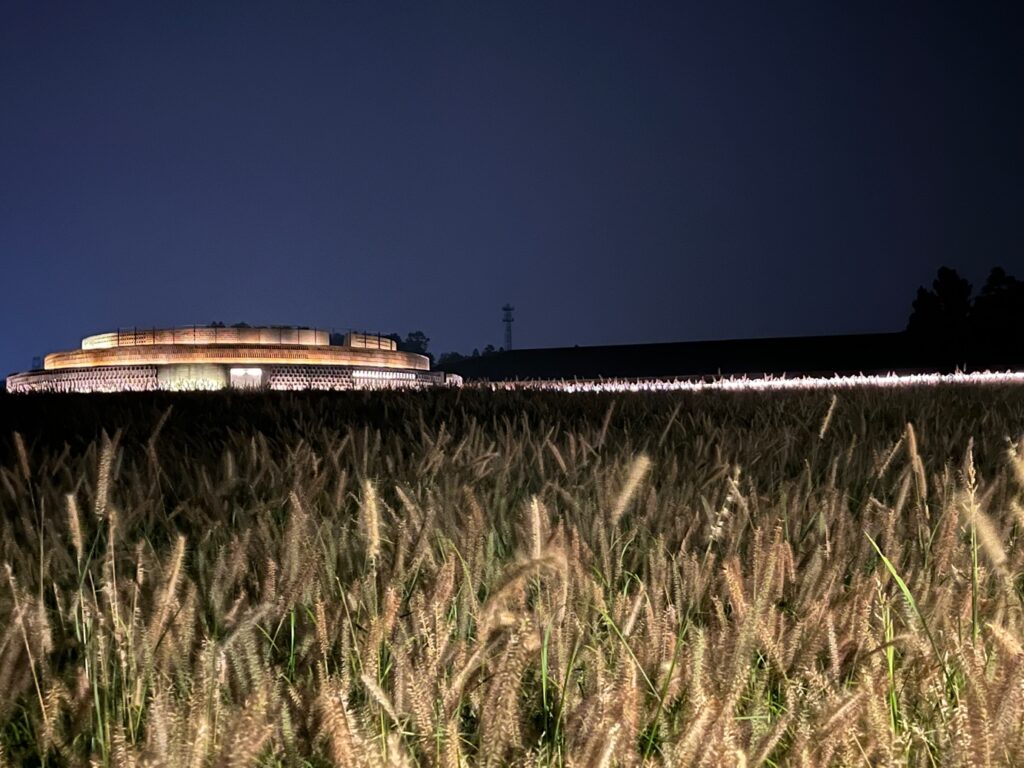
▲tasting pavilion at night

主に20代のウイスキーが大好きな若手で構成される編集部です。さまざまな蒸溜所、つくり手、ファンの方々との交流をもとに、これからのウイスキー業界を盛り上げる活動を続けていきます。Twitterも発信中。フォローは以下のアイコンをクリック!
記事のご感想やご意見など、コメントにて頂けるととても励みになります^^/

コメント